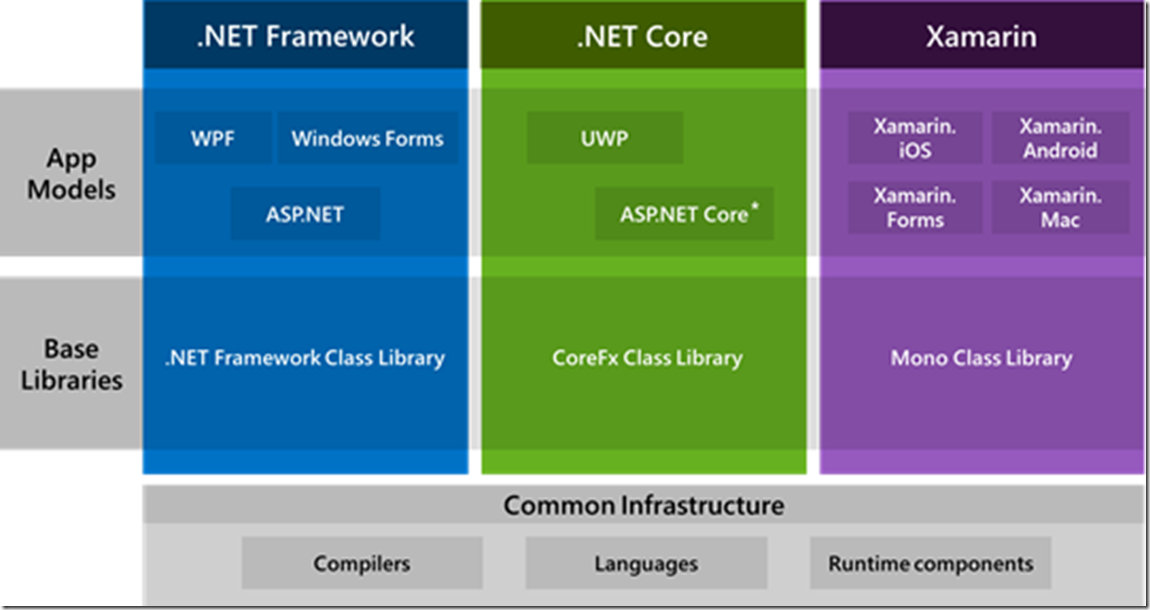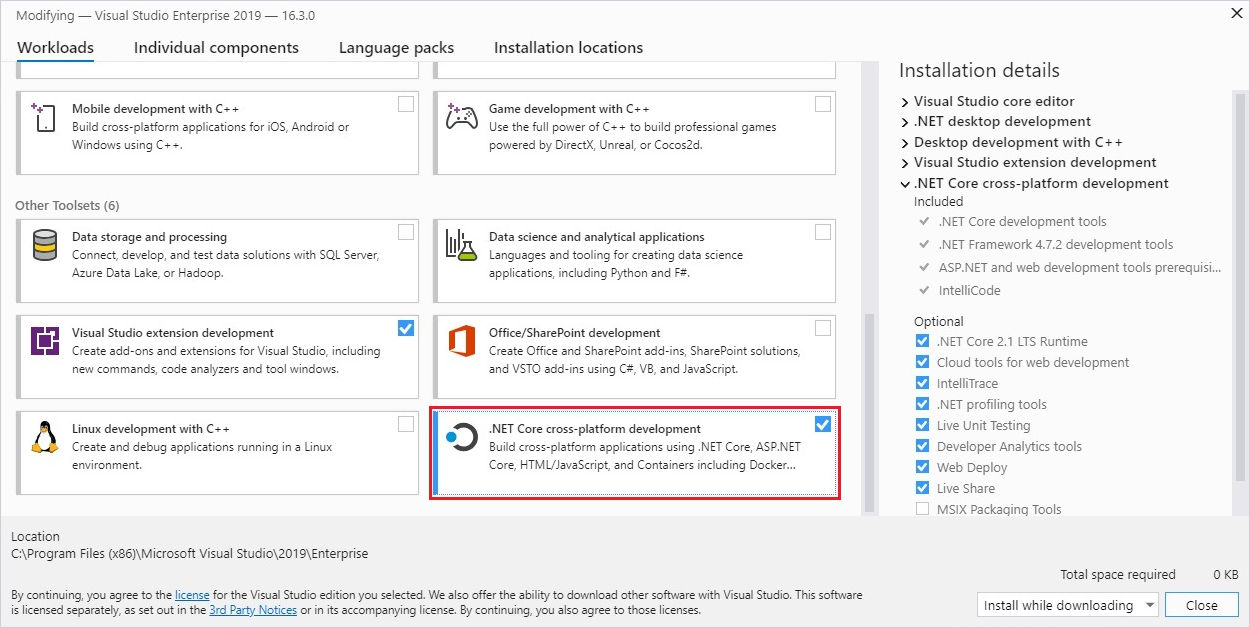
- #.net core vs .net framework microsoft software
- #.net core vs .net framework microsoft code
- #.net core vs .net framework microsoft windows
Provides a default set of APIs for building an ASP.NET Core application. Net, there consist of two different frameworks.
#.net core vs .net framework microsoft software
Net is a software development platform for creating server-side applications. NET Core SDK, or can be acquired separately using installers available at. The debate is still on to find the best runtime for developing software applications. This package requires the ASP.NET Core runtime. Provides a default set of APIs for building an ASP.NET Core application, and also includes API for third-party integrations with ASP.NET Core.

PostgreSQL/Npgsql provider for Entity Framework Core. In-memory database provider for Entity Framework Core (to be used for testing purposes). Shared Entity Framework Core components for relational database providers. I can also change the default within VS's Package Management options here in this dialog.Showing the top 5 NuGet packages that depend on Microsoft.EntityFrameworkCore: NET Standard without PackageReference, I wouldn’t recommend it." NET Standard requires you to use PackageReference to eliminate the pain of “lots of packages” as well as properly handle transitive dependencies. csproj file for the Framework projects and add this line within the first like this to change the restore style: PackageReference So we need to tell ALL projects in this solution to manage and restore their packages as "PackageReferences."

The newer projects can reference Packages as first-class references. Server side and client side application development can be done using. NET Framework and aimed at simplifying the creation of dynamic webpages. ASP.NET is a main tool that present in the. csproj format and by default, they use nfig to manage dependencies. 1.NET is a software development framework aimed to develop Windows, Web and Server based applications. The "full" Framework projects are using the older. EntityFramework's assembly is referred to by the Example.Data assembly.but why didn't it get copied in? NET strategy may have been a little unclear recently, with two distinct strands of development in the familiar. Why not? It's assembly "C" downstream of "A" and "B". Looks like there's no Microsoft.EntityFrameworkCore there. Pretty low level error, right? First thing is to check the bin folder (the results of the compile) for a project that doesn't run. 'Microsoft.EntityFrameworkCore, Version=2.0.0.0,Ĭulture=neutral, PublicKeyToken=adb9793829ddae60' NET CRUD API from a tutorial I posted recently, it uses an EF Core.
#.net core vs .net framework microsoft code
NET API to SQL Server using Entity Framework Core, and to create a SQL Server database from code using EF Core migrations. However, when the other projects are run you get this error: Can't load In this post well go through the steps to connect a. A->B->C where B and C are packages from NuGet. WinForms app -> Data Access library -> Some other library. The Example.Data library then pulls in a database access library in the form of via NuGet.
#.net core vs .net framework microsoft windows
NET Framework in the late 1990s, under the name of Next Generation Windows Service. NET Core 2.0Įach of these apps is referring to the Example.Data library. .NET Framework.NET Core Both of them have similar components and allow developers to share code but still, there is confusion and difficulty when picking the right project type for your requirements.NET Framework.

Here's the question and issue and today's fix. NET Framework 4.8 was the final version of. I forked it, fixed it, and submitted a PR. Then I can just clone, build (many many bonus points for a clean build) and check out the bug. I like getting great questions in email but I LOVE getting great questions in email with a complete and clear code repro (reproduction) that's in a git somewhere.


 0 kommentar(er)
0 kommentar(er)
